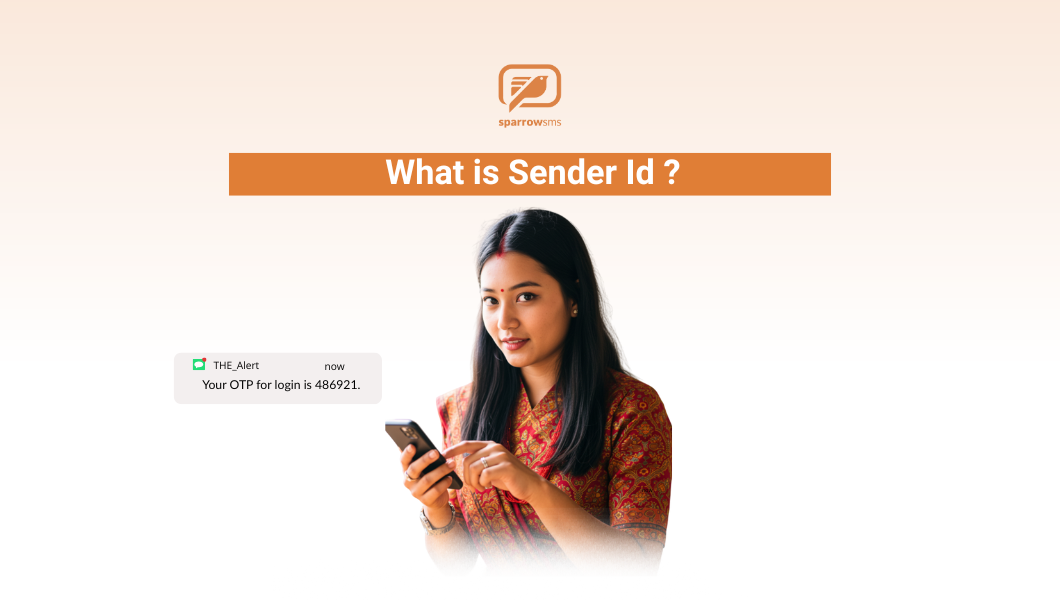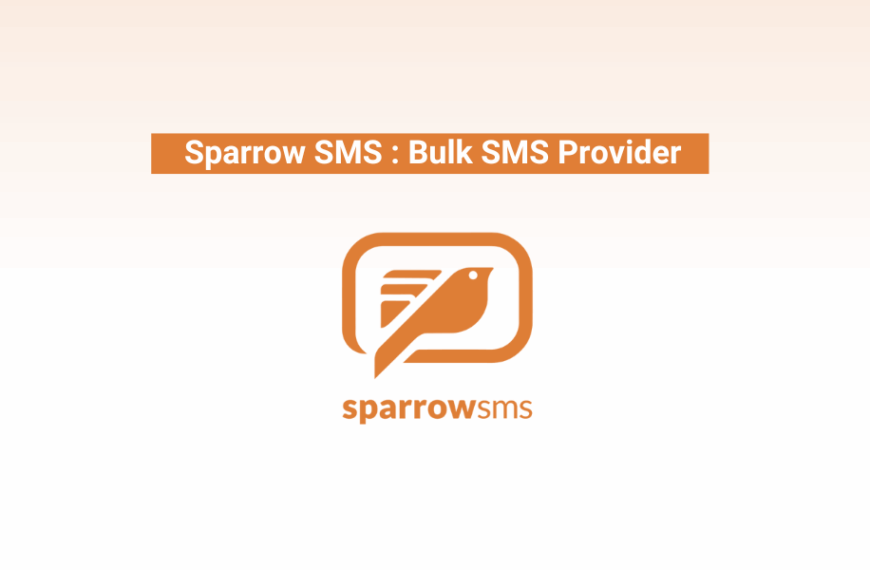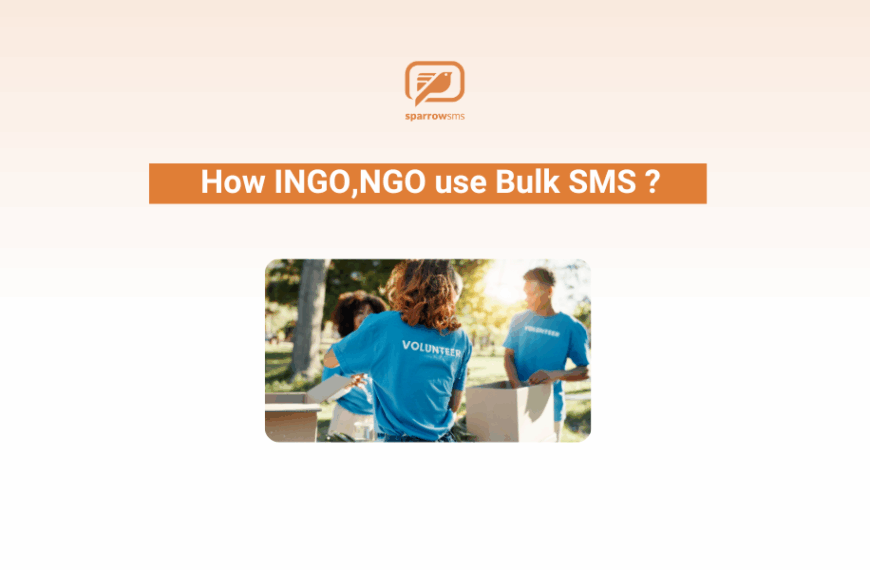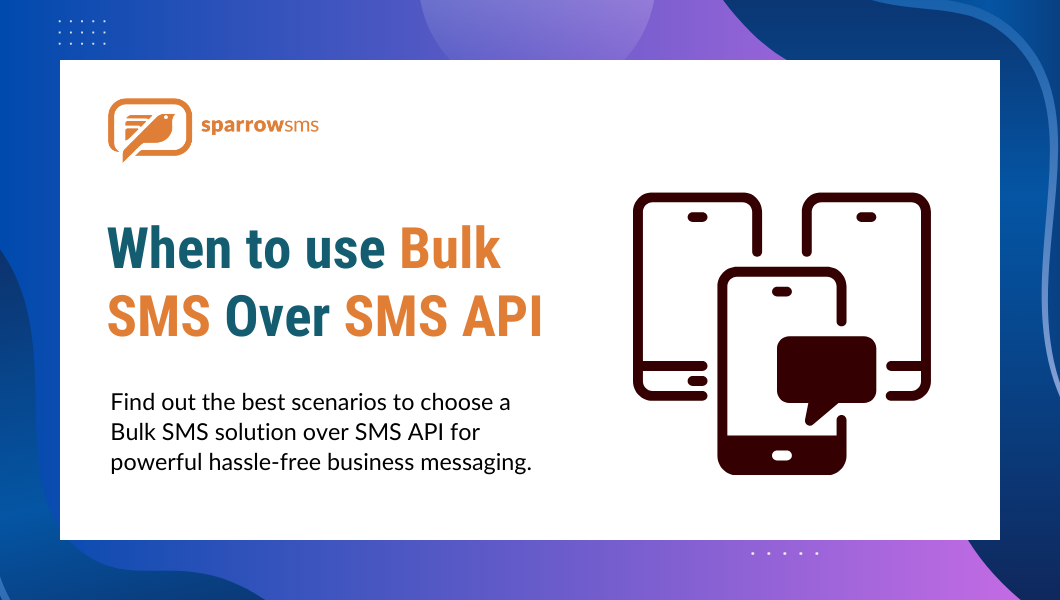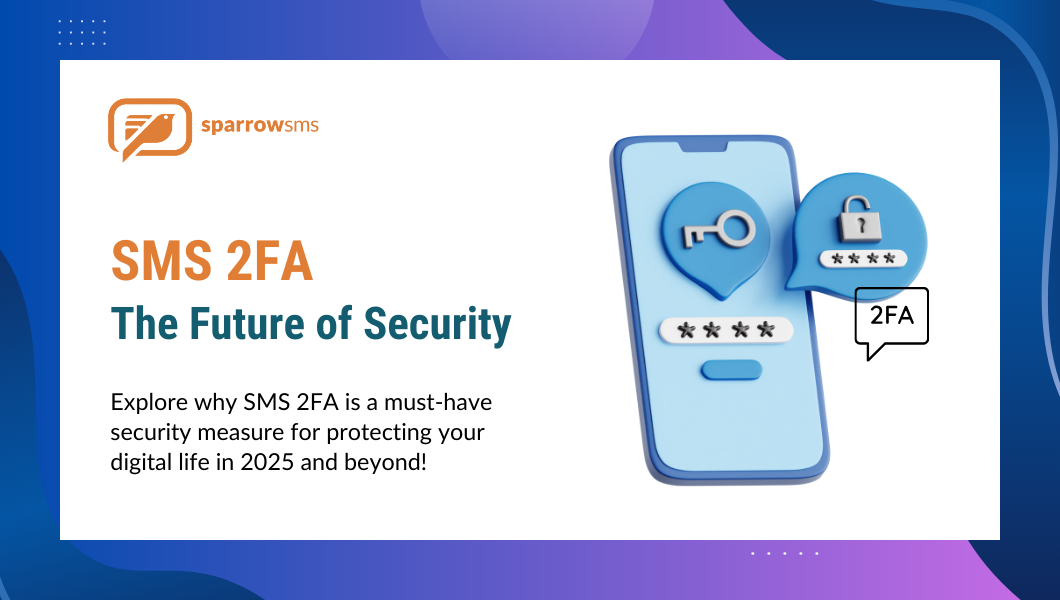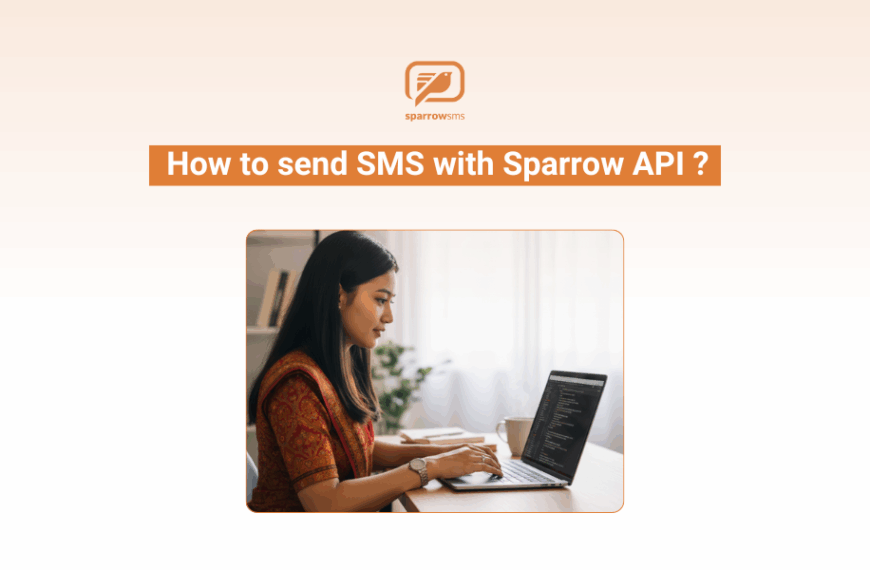A Sender ID is the name or number that identifies the sender of an SMS message on a recipient’s mobile device. It’s the “from” field that instantly tells your audience who is contacting them, playing a crucial role in the effectiveness of any bulk SMS campaign.
Think of it as the digital return address for your text messages. A well-chosen Sender ID can significantly impact your campaign’s performance, brand recognition, and customer trust.
How does it look or work ?
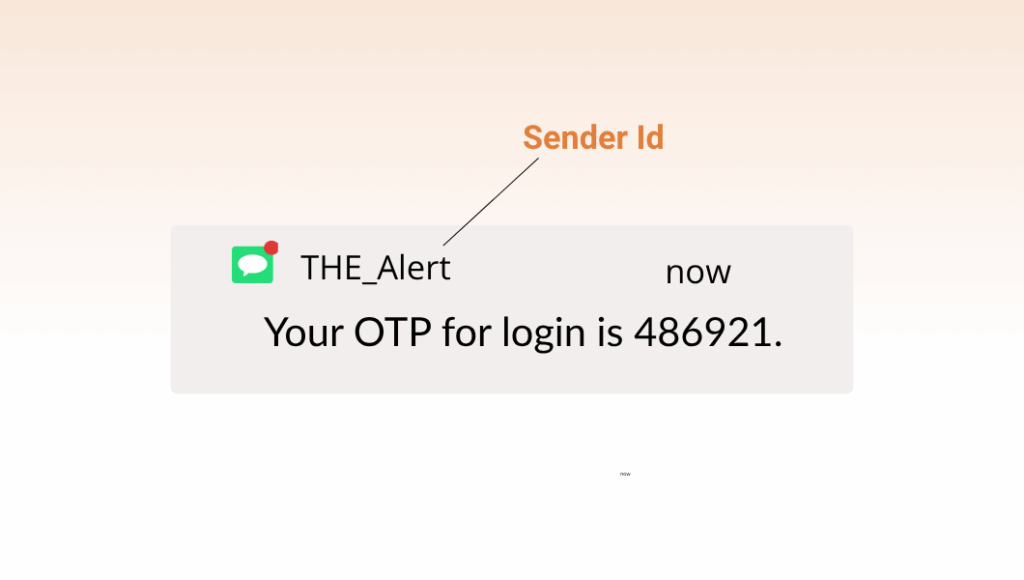
When a user receives an SMS, the Sender ID appears at the top of the screen where a contact’s name would normally be displayed. For example, if you receive a promotional message from sparrow sms, you might see “Sparrow SMS” as the sender instead of a random phone number.
This simple function, managed by your bulk SMS service, transforms a generic text into a branded communication. It works by replacing the standard phone number with a custom, recognizable name, making your message immediately identifiable.
Importance of sender id in sms marketing ?
Using a custom Sender ID is not just a cosmetic choice; it’s a strategic decision that directly impacts your SMS marketing success. It is a fundamental element for building a professional and effective mobile outreach program.
Here are the key benefits:
- Brand Recognition: A custom Sender ID reinforces your brand identity with every message sent, keeping your business top-of-mind.
- Trust and Credibility: Messages from a known and trusted sender are far more likely to be opened. This builds confidence and reduces the chance of your message being dismissed as spam during a mass messaging campaign.
- Improved Open Rates: A recognizable Sender ID immediately grabs attention and encourages recipients to open the message, significantly boosting engagement.
- Professionalism: Using your brand name instead of a generic number presents a more polished and professional image to your customers.
What are its types ?
Sender IDs are categorized into two primary types, each serving different purposes. Understanding the distinction is key to choosing the right one for your goals, whether it’s for one-way alerts or interactive conversations.
1. Alphanumeric sender id
An Alphanumeric Sender ID uses a combination of letters and numbers to identify your brand. It is a powerful tool for one-way communication where a reply is not required.
- Format: Up to 11 characters (letters and numbers).
- Functionality: Supports one-way messaging only.
- Best For: Transactional messages like OTPs, shipping alerts, appointment reminders, and promotional bulk messaging.
2. Numeric Sender id
A Numeric Sender ID consists only of numbers, appearing as a standard phone number. Its primary advantage is enabling two way messaging.
- Format: A standard phone number format (long or short code).
- Functionality: Allows recipients to reply directly to the message.
- Best For: Interactive campaigns (SMS Voting), customer support chats, surveys, and any scenario where you need to receive a response from your audience.
What is the best way to use the sender id ?
Beyond its type, you must also decide how you will provision your Sender ID. This choice, typically made when selecting an SMS service provider, affects cost, control, and deliverability.
1. dedicated sender id
A Dedicated Sender ID is a number or name used exclusively by your business. When you partner with a bulk SMS provider, this option provides maximum control and security over your messaging reputation.
By using a dedicated ID, you ensure your deliverability is not affected by the practices of other senders. It is the recommended choice for businesses sending a high volume of messages or who prioritize brand integrity.
2. Shared sender id
A Shared Sender ID is a number used by multiple businesses simultaneously. This is often a more cost-effective solution assigned by an SMS API gateway or provider.
However, the primary drawback is the shared risk. If another company using the same ID engages in spammy practices, it can get the number blocked, affecting the deliverability of your messages as well

